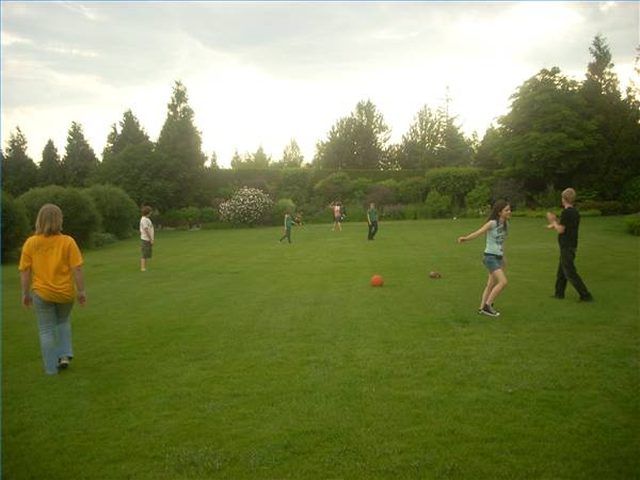Bulbs
Flower Basics
Flower Beds & Specialty Gardens
Flower Garden
Garden Furniture
Garden Gnomes
Garden Seeds
Garden Sheds
Garden Statues
Garden Tools & Supplies
Gardening Basics
Green & Organic
Groundcovers & Vines
Growing Annuals
Growing Basil
Growing Beans
Growing Berries
Growing Blueberries
Growing Cactus
Growing Corn
Growing Cotton
Growing Edibles
Growing Flowers
Growing Garlic
Growing Grapes
Growing Grass
Growing Herbs
Growing Jasmine
Growing Mint
Growing Mushrooms
Orchids
Growing Peanuts
Growing Perennials
Growing Plants
Growing Rosemary
Growing Roses
Growing Strawberries
Growing Sunflowers
Growing Thyme
Growing Tomatoes
Growing Tulips
Growing Vegetables
Herb Basics
Herb Garden
Indoor Growing
Landscaping Basics
Landscaping Patios
Landscaping Plants
Landscaping Shrubs
Landscaping Trees
Landscaping Walks & Pathways
Lawn Basics
Lawn Maintenance
Lawn Mowers
Lawn Ornaments
Lawn Planting
Lawn Tools
Outdoor Growing
Overall Landscape Planning
Pests, Weeds & Problems
Plant Basics
Rock Garden
Rose Garden
Shrubs
Soil
Specialty Gardens
Trees
Vegetable Garden
Yard Maintenance
How to Prepare for Hydroseeding
How to Prepare for Hydroseeding. Hydroseeding is an inexpensive alternative to a sodded lawn. The results depend upon how well you have prepared your yard for hydroseeding.

Hydroseeding is an inexpensive alternative to a sodded lawn. The results depend upon how well you have prepared your yard for hydroseeding.
Remove existing vegetation. If it can be mowed, mow it down. Use a broad-spectrum herbicide. Spray the vegetation every three or four days (according to manufacturer's instructions) and the entire plant will shrivel up. Remove the dead vegetation and discard.
Amend the soil. Ask your hydroseed distributor what kind of seeding they use and what soil amendments they've had the best luck with. A local hydroseeding contractor will have an understanding of local soil conditions and can recommend products to add to your soil to obtain the ideal drainage and pH level.
Grade the yard. If you have very hard ground, rent a rotary tiller and break up the topsoil. After you've tilled, or if tilling isn't necessary, use a rake to smooth out the surface and remove all rocks that are larger than a golf ball. If you're removing hills or filling in holes, use a level to ensure that the ground is flat.
Use a lawn roller to flatten and compact the ground. Fill it 1/4 to 1/2 with water from the hose and allow the weight of the water in the barrel to press the soil into place.
Soak the ground about 48 hours before your lawn is put in. This ensures that the under layer of the lawn isn't dehydrated. You don't want all of the moisture and fertilizers from your hydroseeding to get sucked down into the ground as soon as it's distributed.
Tips & Warnings
Pay attention to the specific watering instructions that the hydroseeding company gives you. They know your local climate and the specific seed/fertilizer blend that they've used.
If you notice bare spots in your lawn after it's sprouted, be sure to notify your hydroseeding company. They can usually stop by and fill in bare spots. If you do it yourself, you may use a different seed blend and make an unsightly patch.